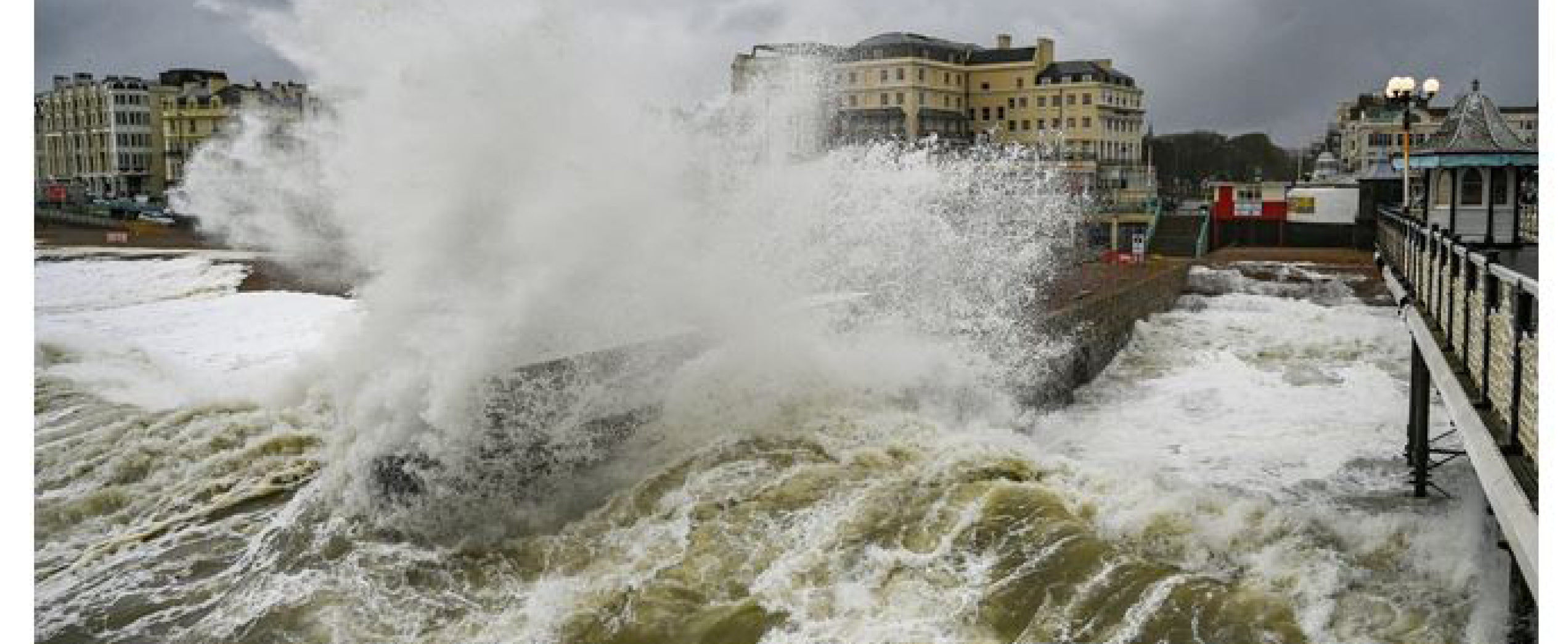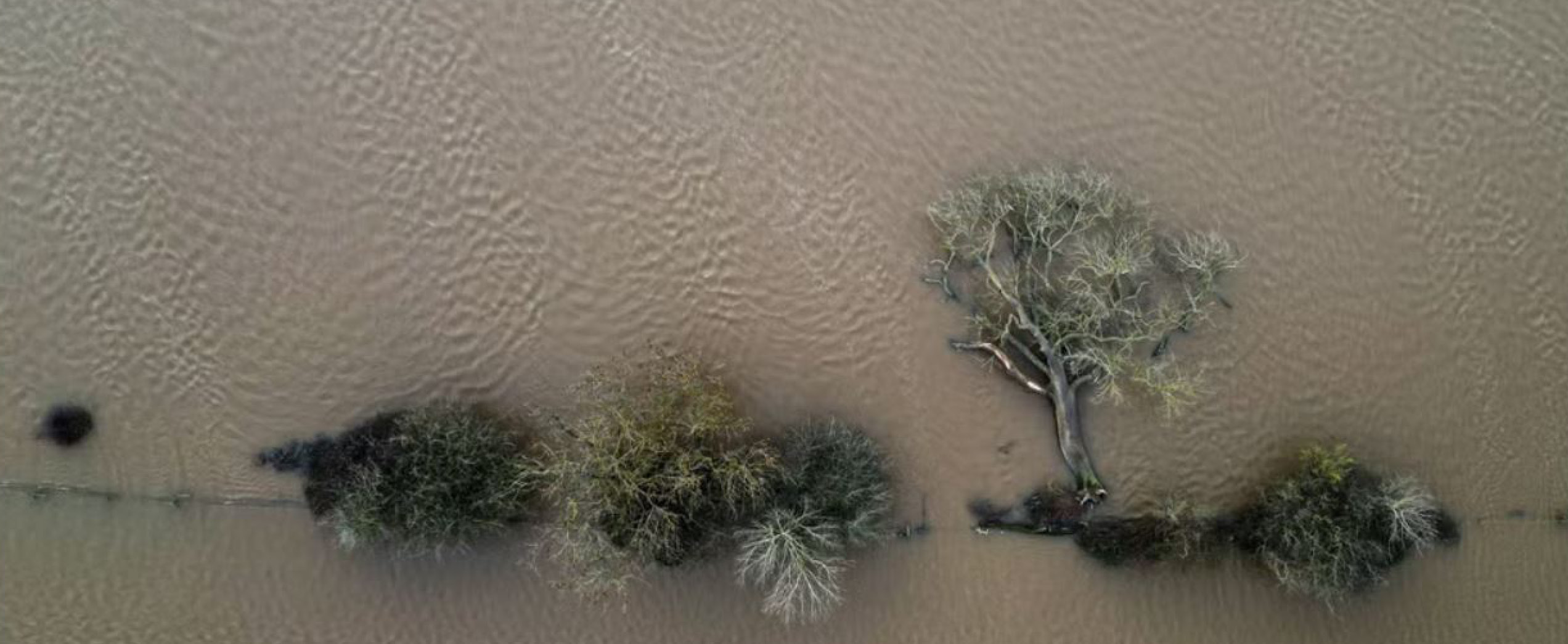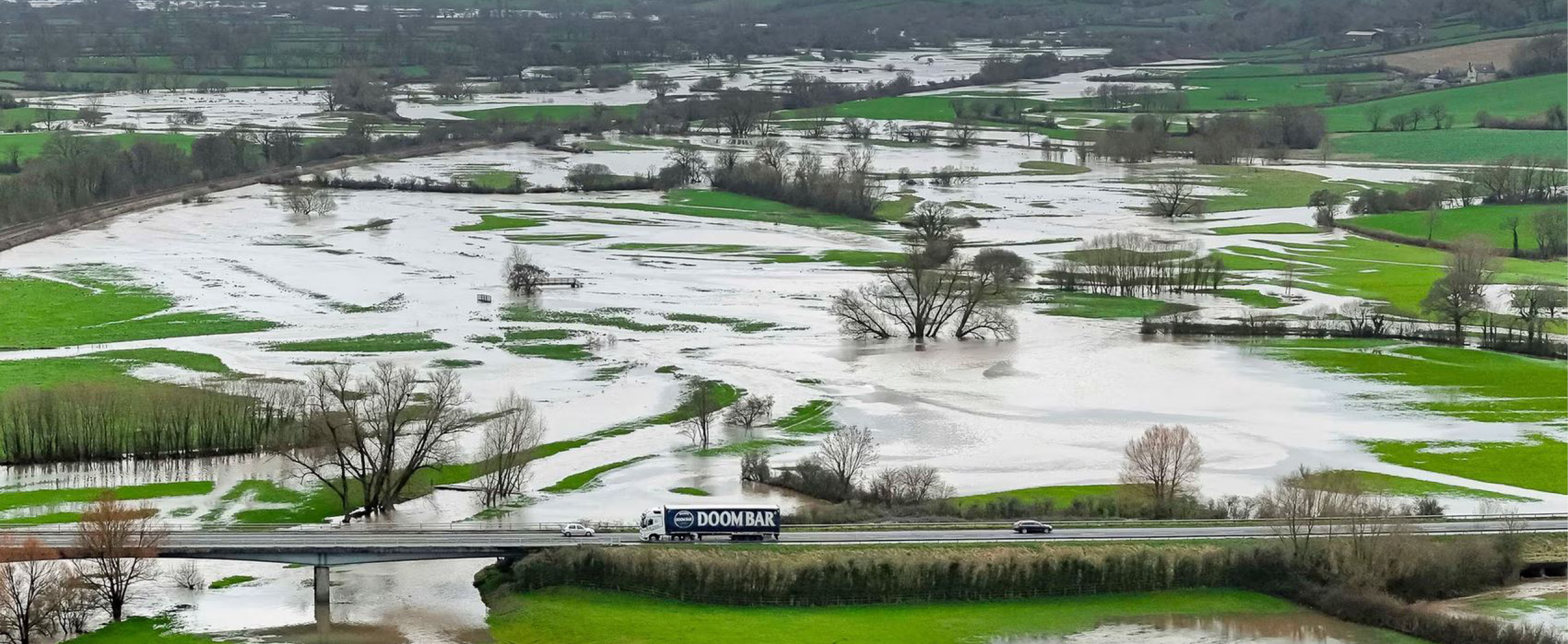The Magic Number
Can DEFRA
get Schedule 3 over the line and make 2024 the year of Biodiversity and SuDS?
At the beginning of last year, the UK government finally announced their ‘commitment’ to implementing Schedule 3 of the Flood and Water Management Act 2010. As Spring appears, and the storms show no signs of abating, will this commitment ever become a reality? Gordon Brown was Prime Minster when DEFRA began drafting the first metric for Biodiversity Net Gain, and there have been five Ministers for the Environment since 2020; the SuDS community has been patiently waiting for action. What does Schedule 3 even mean? We don’t have all the answers at R-LA, but we hope we might shed some light on the whole matter.
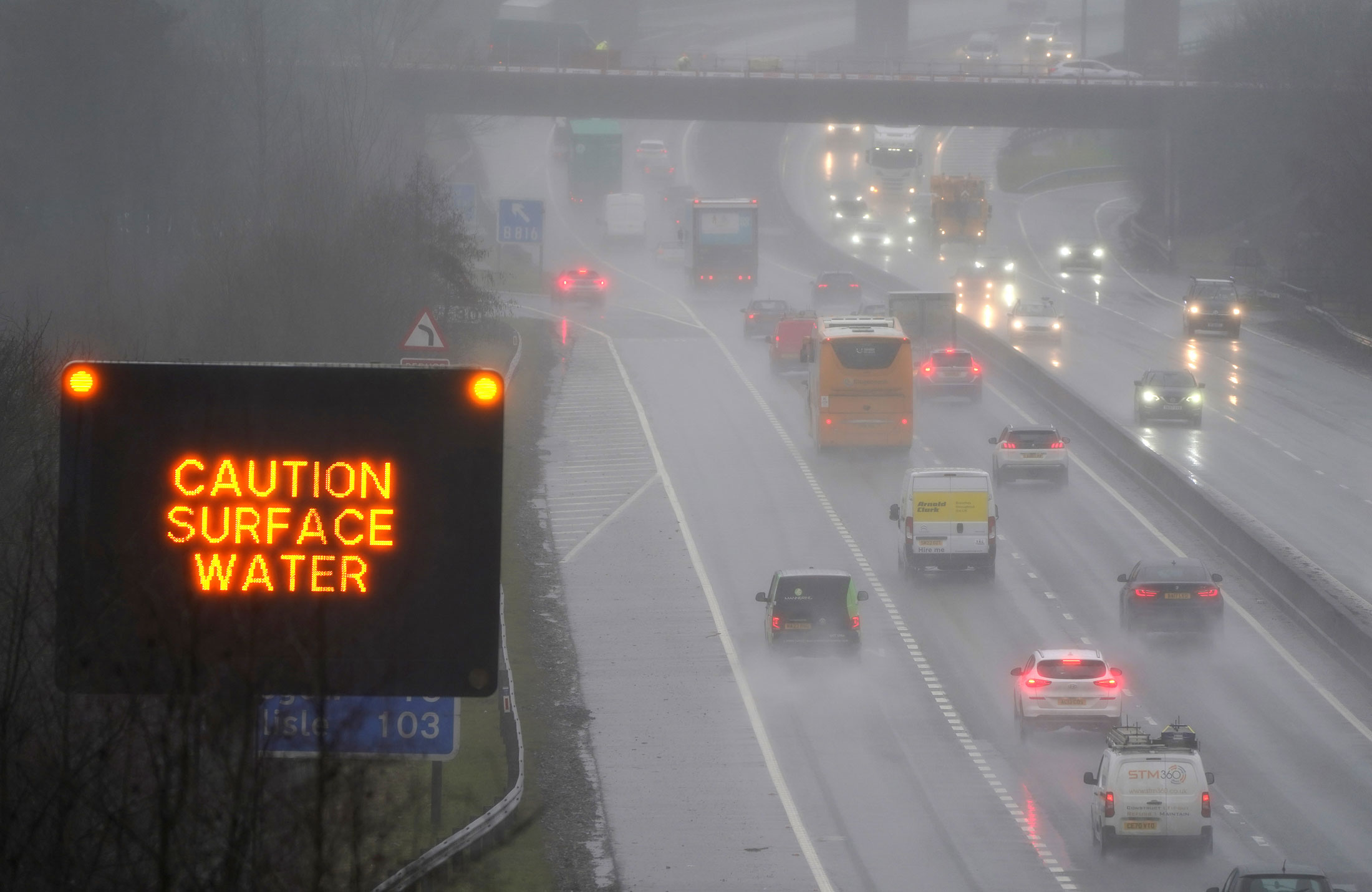
SHARE
What is schedule 3? A Potted
History of Policy
Schedule 3 was a framework for
the approval and adoption of sustainable drainage systems (SuDS) for new
developments that was written into the Flood and Water Management Act 2010.
However, it was never implemented in England. SuDS were redirected to the National
Planning Policy Framework (NPPF) where they have been encouraged but not
enforced. A Jenkins Review in 2020 raised concerns about unsatisfactory
standards of design and construction, and of the difficulties of ensuring
proper maintenance once the developer had left the site.
In January 2023, the government
announced its ‘commitment’ to implementing Schedule 3 in the UK. This would
mean that SuDS would become the default option for surface water drainage on
new developments (more than 10 houses). Schedule 3 would remove a new
development’s previously automatic legal right to connect surface water
drainage to nearby sewage infrastructure. The design, construction, operation
and maintenance of these systems would be approved by a SuDS Approving Body
(SAB) before any construction on site.
Why is it important?
As landscape architects, we
believe this is a crucial step for all developments to help relieve the pressures of
climate change, reduce surface and sewer flood risk, improve water quality and
harvest rainwater to meet current and future population demands.
Flooding in the UK
Whilst flooding seems to be
constantly in the news at the moment, we have always talked about the risk from
rivers, seas and groundwater. What has changed over the last decade is the risk
of surface water flooding; when all four risks are at play, landscapes can
be dealing with unprecedented volumes of water.
Cast your minds back to the
summer of 2007, when the UK suffered what was reported to be the worst flooding
since records began with some corners of the country receiving four times the
average amount of rain. Surface water and river flooding affected more than
55,000 homes and businesses across the country, 7,000 people were rescued,
17,000 families had to leave their homes and 13 people died (Environment Agency, 2007). The economic damage of these floods is thought to have been between £2.5
billion and £3.8 billion, (Defra, 2010).
This national catastrophe
sparked a review (
Pitt Review 2008
) into the country’s management of flooding.
The review went on to identify SuDS as an effective way to reduce the risk of
surface water flooding and the burden on sewer systems. Despite this, Schedule
3 fell away from the Flood and Water Management Act, which was passed in April
2010.
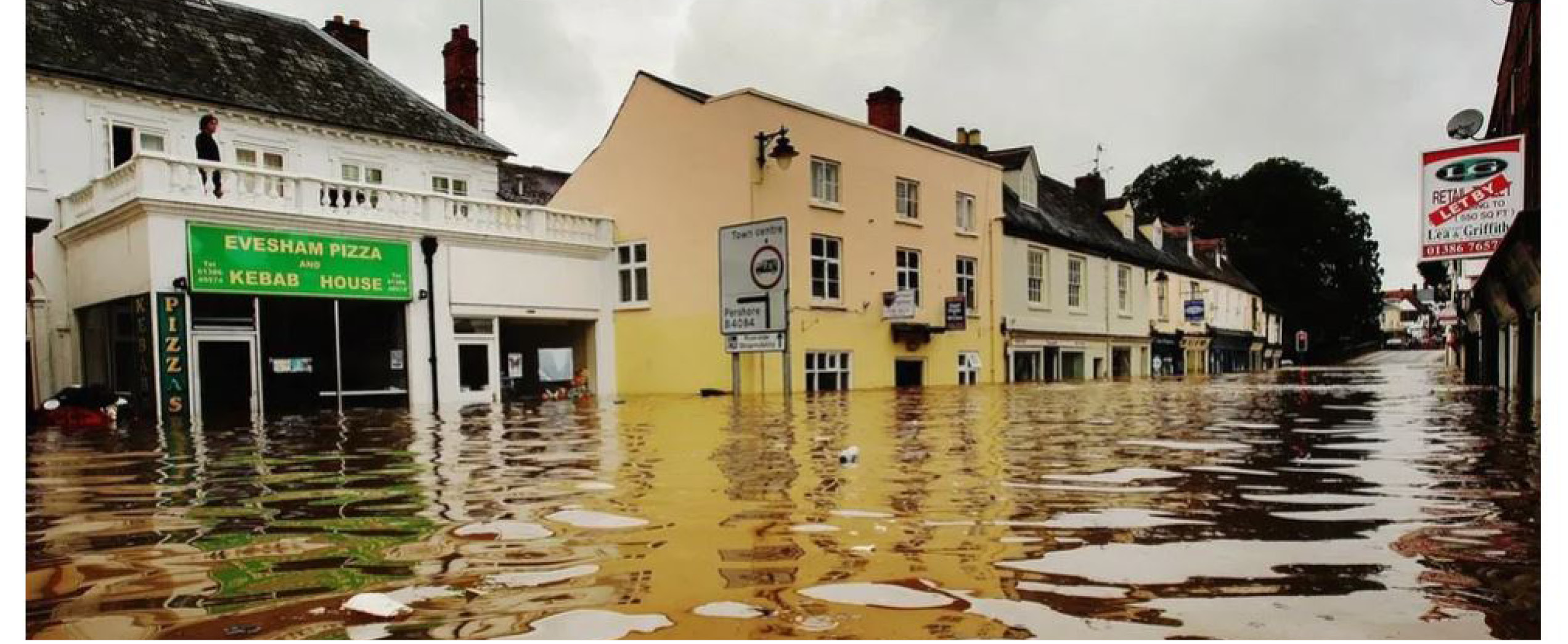
Getty Images: Evesham July 2007
Nearly seventeen years on, the
tenth storm to hit the UK since September 2023, Storm Jocelyn, left our shores
at the end of January, and the MET office continues to issue yellow warnings
for heavy rain as we type. UK Climate Risk’s Technical Report (2021) stated
that we can expect a 1% chance every year that monthly winter UK rainfall will
be 20% to 30% higher than the maximum observed.
One thing is clear, the risk of
flooding in this country isn’t going anywhere and with urban populations rising, the damage is only set to increase. We can’t keep building higher and hope that we can outwit water. We must work with it. We need to make space for
water within the landscape and not consider it as a waste product to dispose
of as quickly as possible. We need to slow it down and create space for it to be stored and to attenuate naturally.
SuDS is the natural solution.
Welsh Lessons
In January 2019, Wales adopted
Schedule 3. Slowly but surely SuDS are beginning to be thought of from the
outset of a development, providing sufficient space on site for SuDS, with
assets incorporated into the Welsh landscape and public space provision of the
site. Covid has certainly slowed progress and there are important lessons that
England can learn from her neighbours, but it is a step in the right direction
and Westminster would be mad to miss this opportunity.
If Schedule 3 is implemented, it
will help ensure that SuDS are designed, constructed and adopted to national
standards for the lifetime of the development. The policy must also insist on proper maintenance, and this will require a sustainable funding
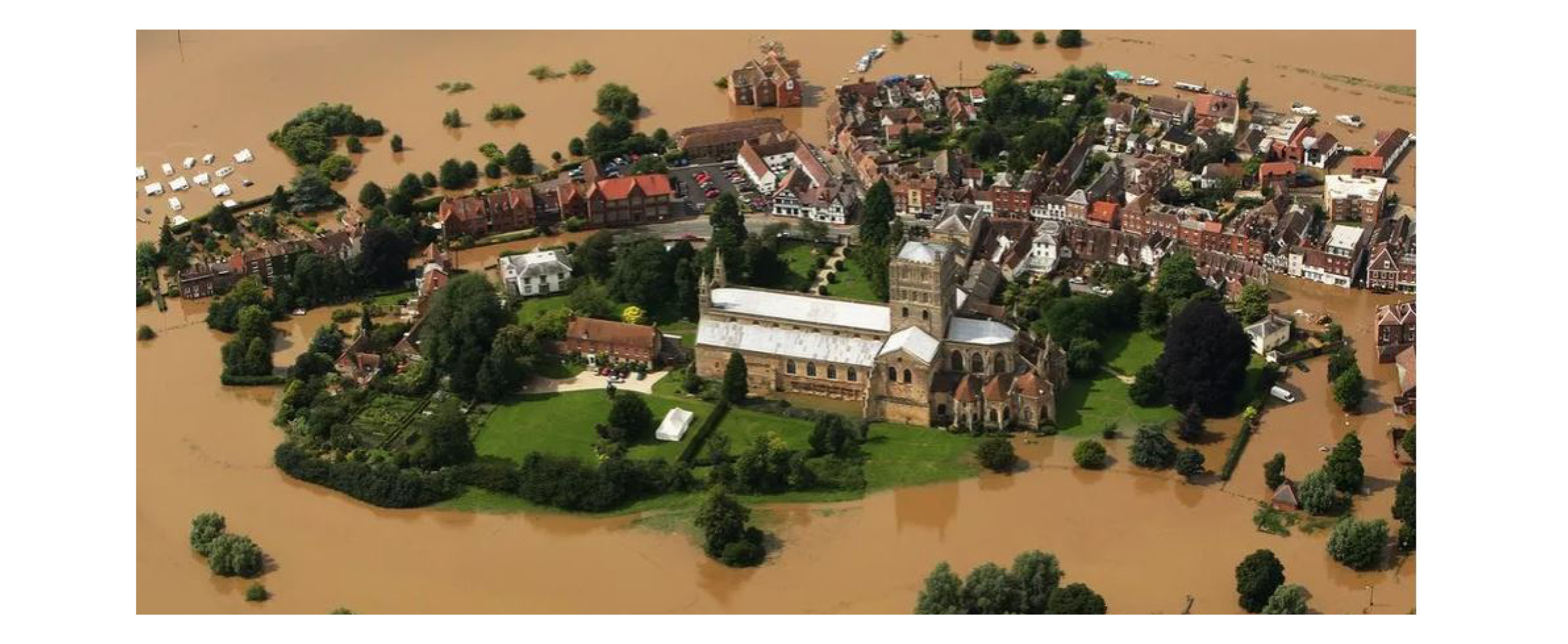
Getty Images: Tewkesbury Abbey July 2007
mechanism to be
agreed upon.
ARUP produced a
Post Implementation Review Report
for the Welsh Government in May 2023 which
outlined several important recommendations including:
- Training for SABS Data collection and reporting from SABS on annual performance to feed into national annual reporting of statistics and performance indicators
- An agreement is needed for developments that have already received planning consent before Schedule 3 but have yet to start construction. Should they have to apply for SAB consent?
- Ambiguity and inconsistencies within guidelines and standards must be reduced.
- A SuDS focus group should be established to work on delivery, shared lessons learnt and best practices
- A clear list of scenarios that do not require SAB approval is needed to reduce ambiguity
- Third-party to regulate SAB functions
- Service charge approach levied by local authorities as a mechanism for funding of long-term maintenance.
- Clear maintenance schedules and agreements need to be put in place
- Strengthen national design guidance
For Schedule 3 to work, it will depend on skilled professionals with the expertise and knowledge to design, construct, assess and maintain SuDS. This is a moment for landscape architects and drainage engineers to step forward and take charge to ensure the future sustainability of our landscapes. Schedule 3 will have a significant impact on local authorities and developers; now more than ever, disciplines must work together and get this right. SuDS is the natural solution.


